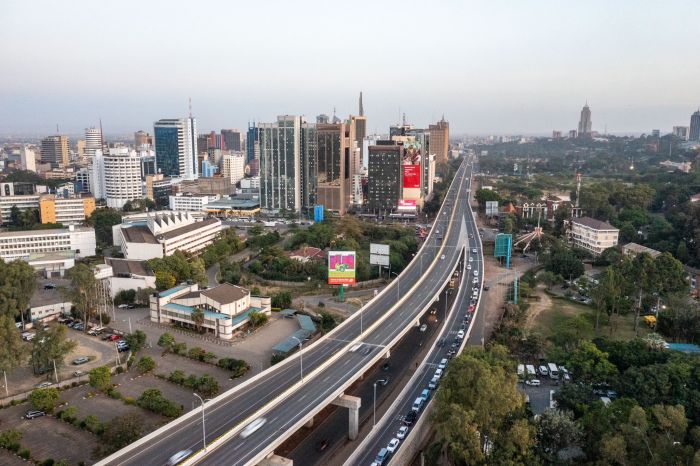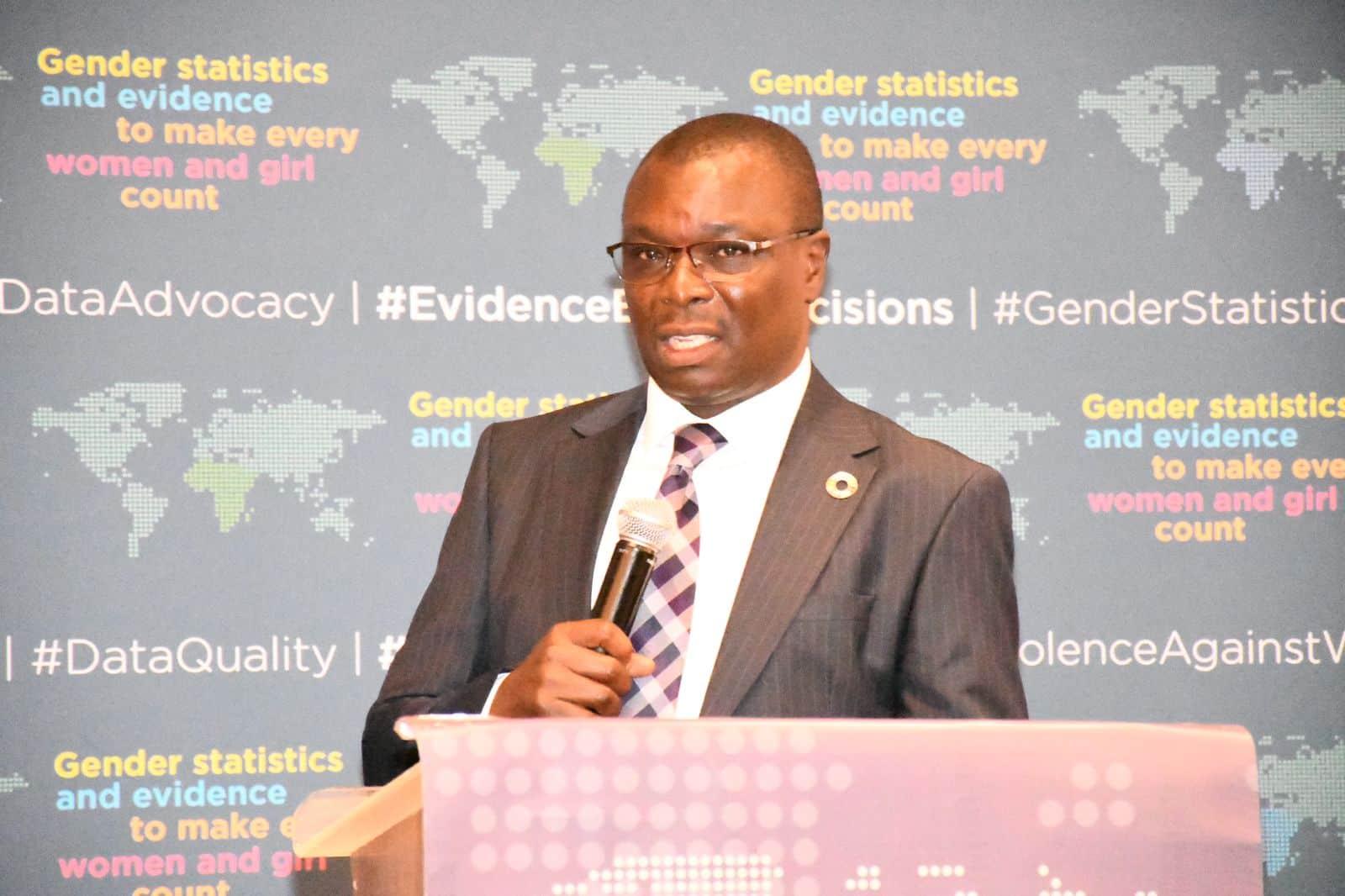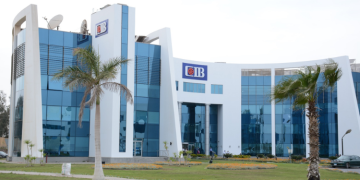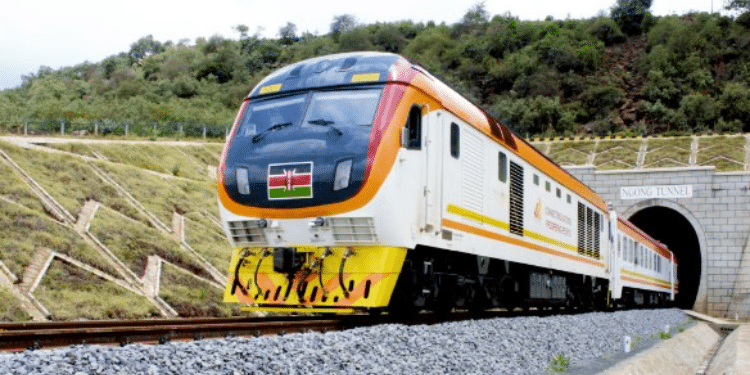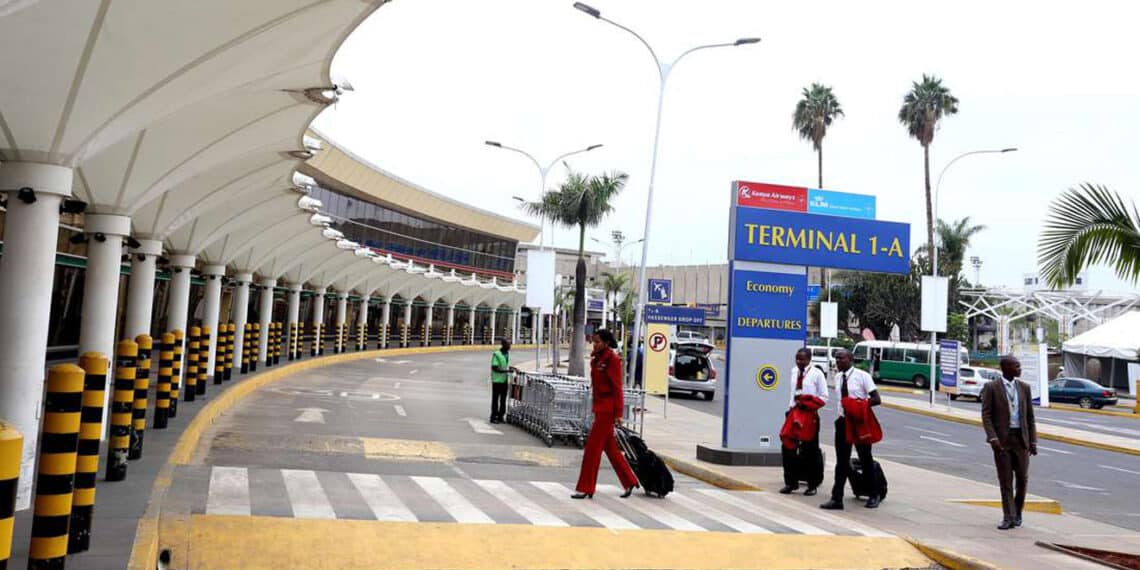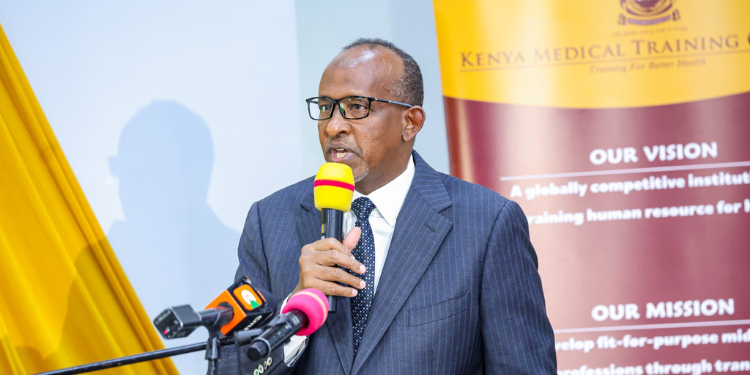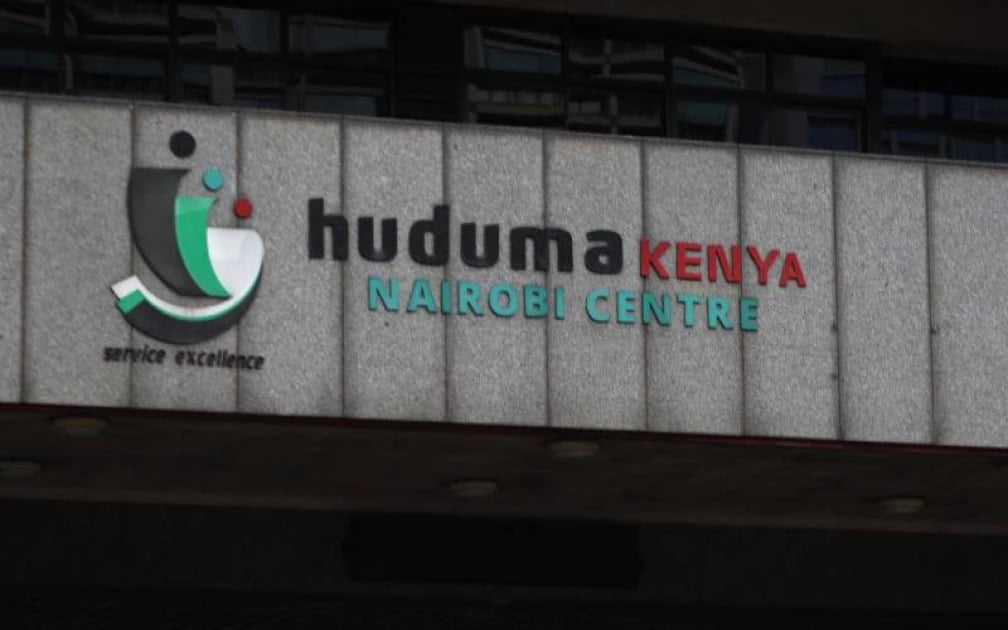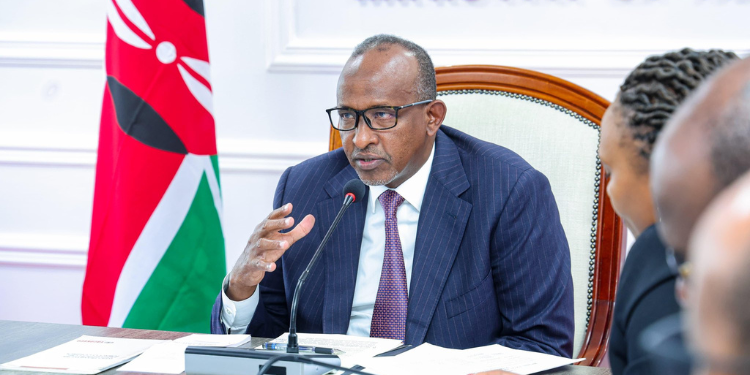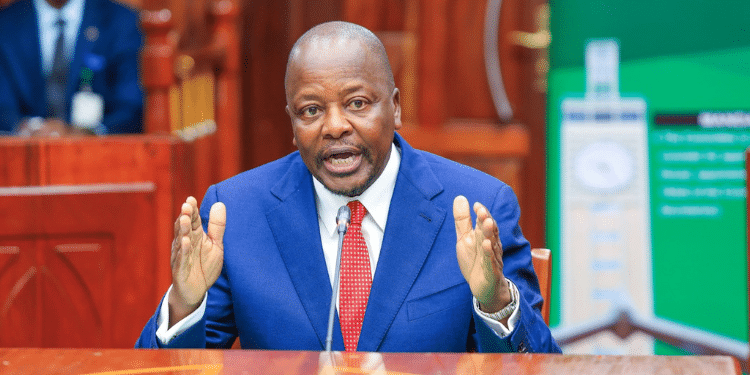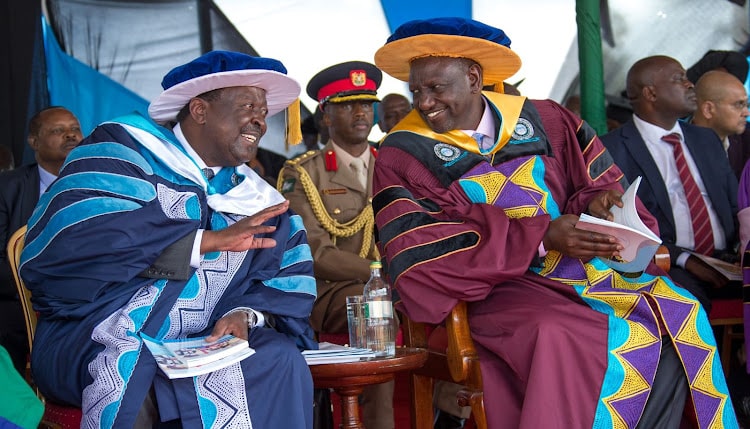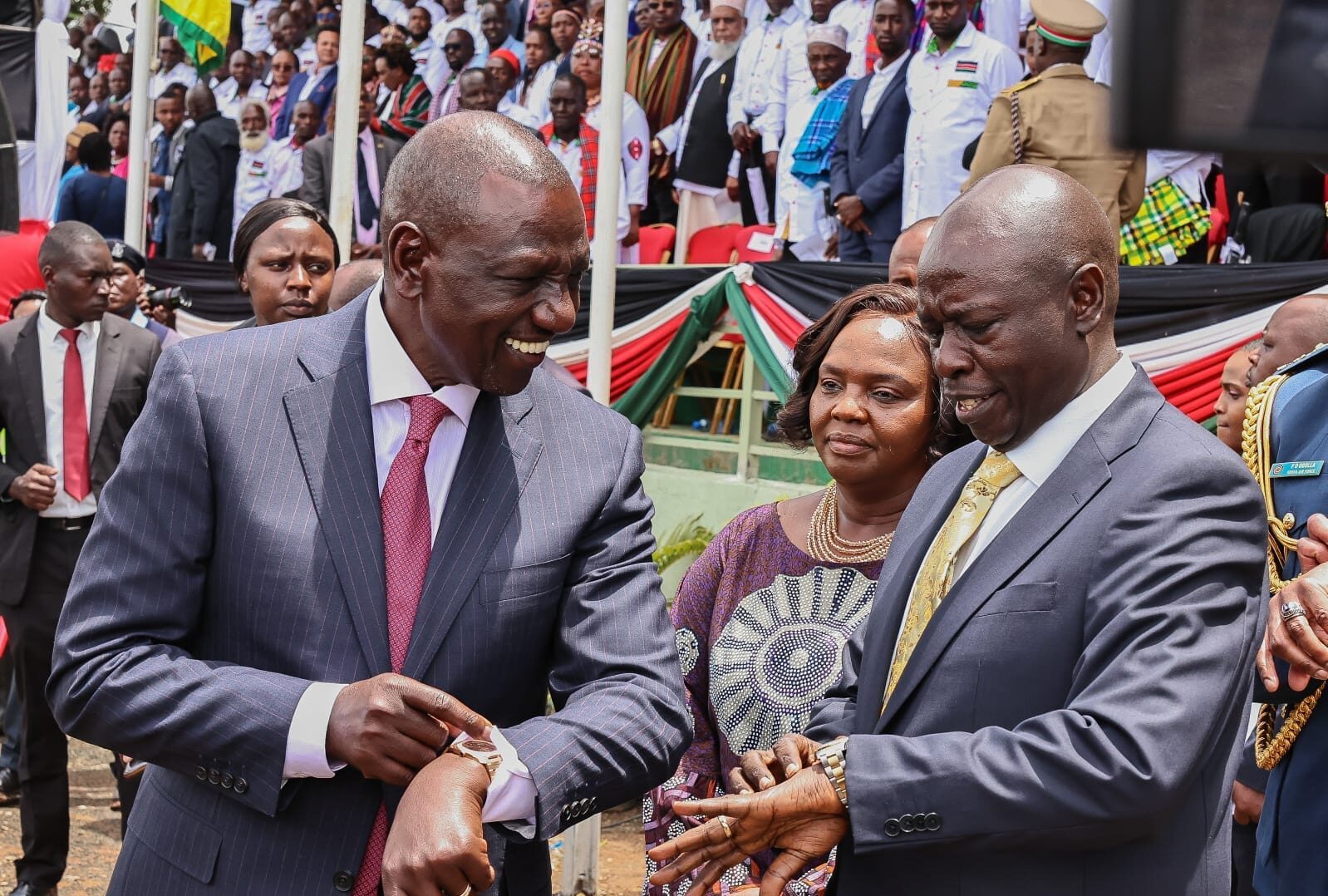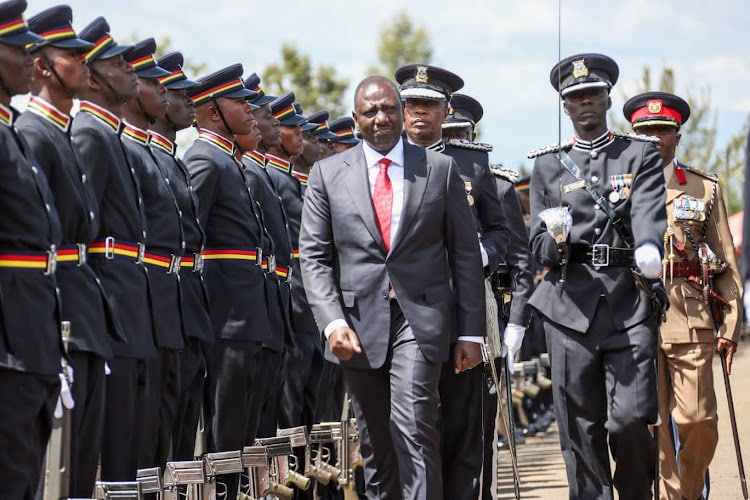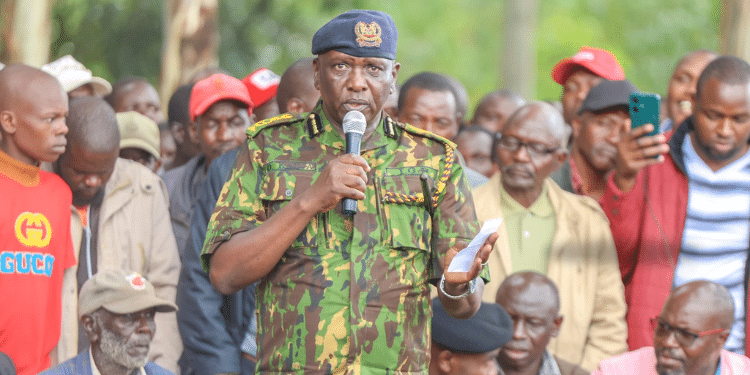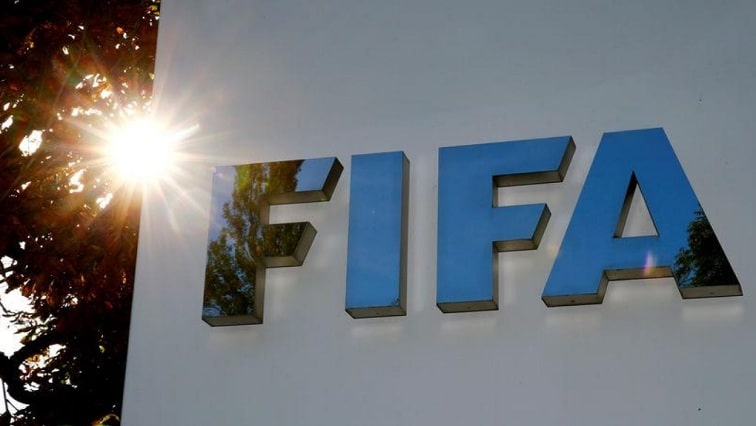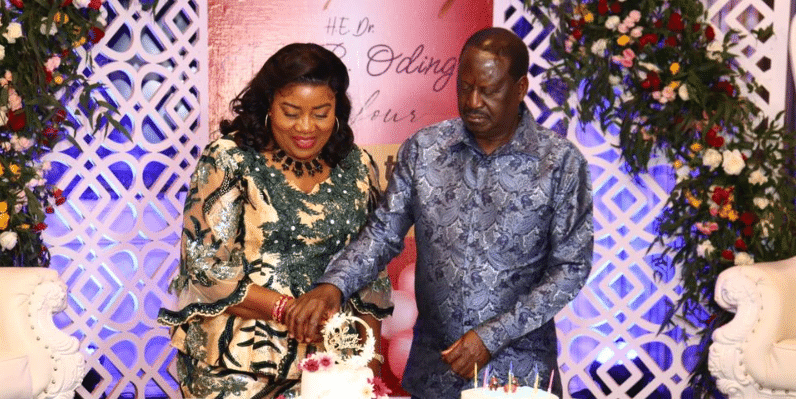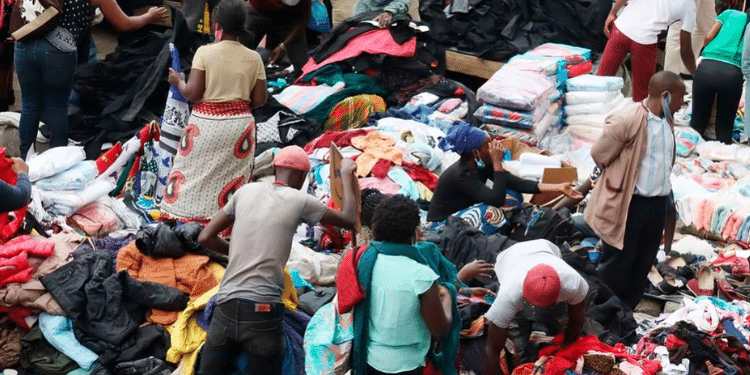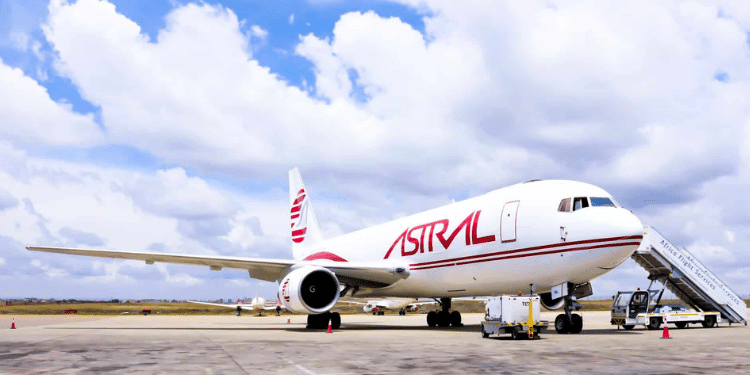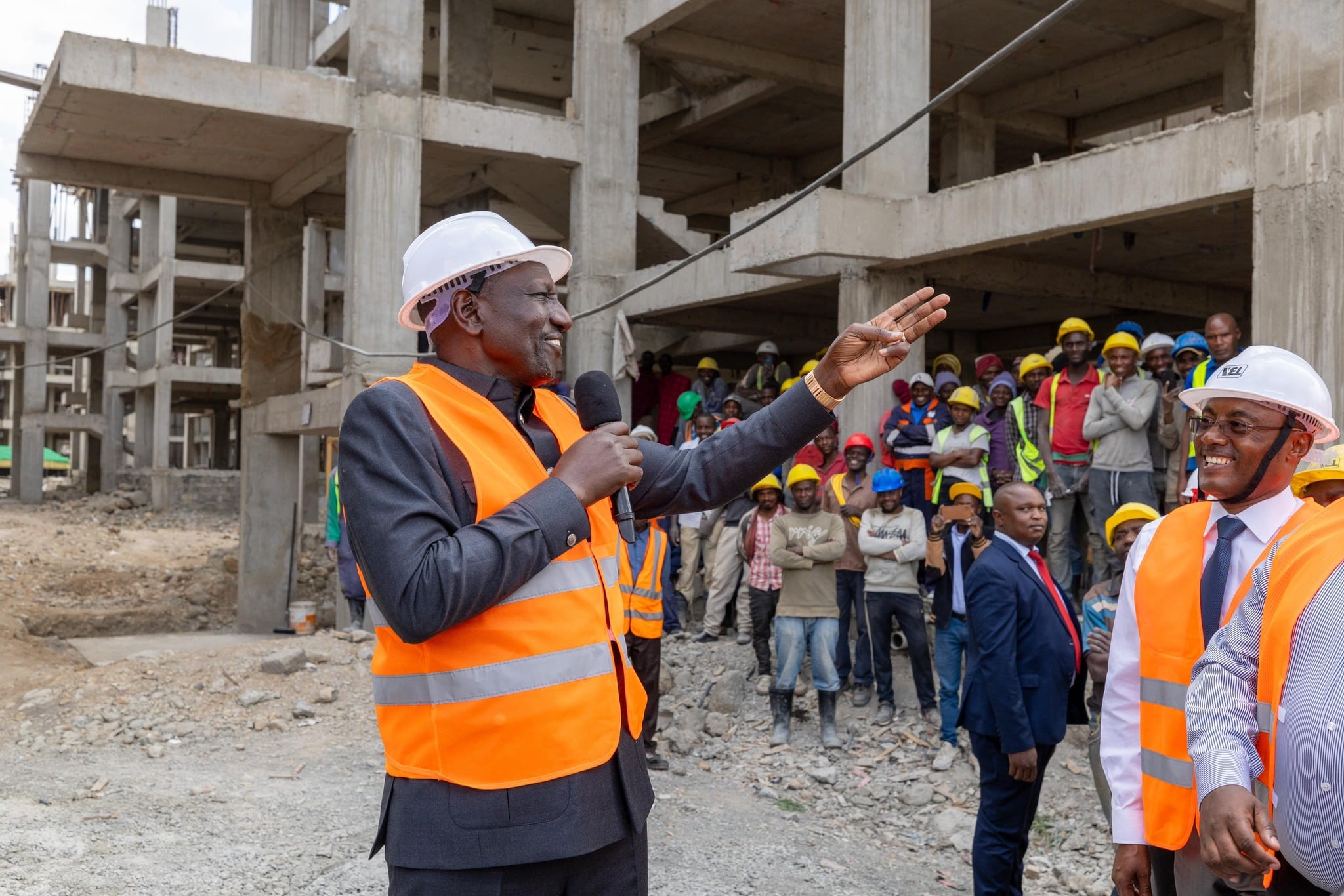Kenya has been dealt a blow after the World Bank downgraded its economic growth estimate for this year on Tuesday, December 10.
The World Bank downgraded the economic growth estimate to 4.7% from an initial 5.0%, citing the impact of floods, anti-government protests and flailing fiscal consolidation efforts.
In the Kenya Economic Update report, which is usually published twice a year, the international financial institution said Kenya has managed to stabilize its foreign exchange rate, boost hard currency reserves held by the central bank and lower inflation this year, but it still faces a high risk of debt distress.
“Debt vulnerabilities including elevated debt servicing costs, accumulated pending bills, and missing revenue targets remain key challenges,” the bank said in the report.
The multilateral lender further said that although the growth estimate for this year is lower than last year’s rate of 5.6%, it will still be higher than the sub-Saharan Africa average of 3.0%.

Kenya’s growth will, however, inch up to 5.1% in the medium term, it said, if the government successfully deals with the fiscal challenges.
“Revenue shortfalls resulted in additional spending cuts, and rising financing needs resulted in increased domestic borrowing,” the World Bank said.
World Bank report on Kenya’s economic update
The report further detailed that non-performing loans in the banking sector have also been growing as borrowers struggle to service their loans amid high interest rates and a slowdown in economic activity.
Also Read: World Bank Responds to Lawyer Ahmednasir Abdullahi
The bank urged the government to tackle “structural imbalances” that “hinder Kenya’s goal of sustained and inclusive growth” that creates higher quality jobs for the people.
Apart from the problems caused by flagging government revenues, a high debt load, and the attendant servicing costs, the economy faces social unrest and financial risks, the report found.
Violent protests in June forced President William Ruto to abandon tax hikes contained in the Finance Bill 2024 meant to raise more than Ksh258 billion in additional revenue, which dampened investor sentiment.
Also Read: IMF Recommends Three Key Tax Reforms for Kenya After Approving Ksh78 B Loan
The protests came amid a backdrop of widespread flooding in April and May, which also caused disruptions.
First report this year
In its Kenya Economic Update (KEU) back in June, the World Bank reported that the country’s real GDP growth accelerated to 5.6% in 2023, surpassing the previous year’s growth of 4.9%.
“However, GDP growth in 2024 is expected to slow down to 5.0%. According to the 29th edition of the Kenya Economic Update: Fostering Trade for Robust Growth and Dynamic Job Creation, tight fiscal and monetary policies, elevated inflation, rising debt service obligations, high borrowing costs that constrained access to global capital markets, and the sharp depreciation of the shilling, framed Kenya’s macroeconomic performance in 2023,” the bank said.
The KEU projected a GDP growth of 5.2% on average during 2024-26, underpinned by favorable weather conditions for the agricultural sector, a recovery of industry, and the resilience of services.
Earlier in September this year, President Ruto maintained that the World Bank is a trusted ally in Kenya’s development agenda after meeting the Bank’s Regional Vice-President Victoria Kwakwa, at State House Nairobi
He said that through the partnership between Kenya and World Bank, the two are discussing access to concessional financing, debt sustainability and scaling up of government social interventions, among other programs.
Follow our WhatsApp Channel and join our WhatsApp Group for real-time news updates.






